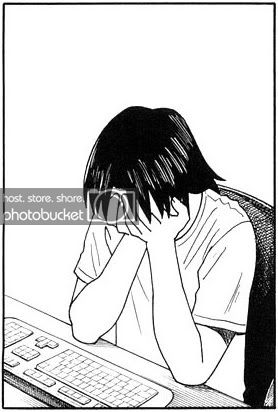1. You have to keep only one of the two mics pointed at the talent on the set. Do you really think that whoever is swinging the supposed DIY boom has enough skill to keep one of two 3/4" mics that you can't see on a $130 recorder taped on the end of a long stick properly pointed at the mouths of the actors as they speak? The odds are that neither one will be properly aimed.
2. If both tracks are used (it's stereo, remember?) the dialog will be unbalanced left/right. If both channels are panned to the center you run the risk of flanging, phasing or even outright phase cancellation of some or all frequencies.
3. Do you think that whoever is editing the production sound after using this method will have the dialog editing skills to split the stereo track into two mono tracks then to comp a smooth dialog track together? I've had to do this several times and it was a frigging nightmare!
Believe me, I understand having a desire and extremely limited funds - been there, done that, got the T-shirt. But if you are not just a hobbyist and want professional results you need something approximating professional tools, and professional tools imply an investment of some real money. For example, a favorite shotgun for professionals is the Schoeps CMIT5U which costs $2,200; you can get an Audio Technica AT875 for $190, less than 10% of the cost. You can get a Tascam DR-100 for around $330; a professional would use Sound Devices 302 mixer ($1,300) and a Sound Devices 722 recorder ($2,500). $3,800 as opposed to $330; again, less than 10%. A $30 DIY boom pole instead of a $900 graphite boom pole. I could go on but you get the idea. 20 years ago filmmakers would have killed for video and sound gear that was only 20% of the cost of professional gear.
The fact that things are more expensive doesn't just mean that they cost you more money, they also provide some of the conveniences of professional items. The DR-100 and AT875 are low impedance units that will help reduce the problems of RF interference and other noise problems. A real boom-pole is lighter (you can hold it over your head longer) and will impart less noise. And all of those aspects mean that you have better sound to edit, which gives you more sonic freedom, which means that you have a better product.
The audience will neither know nor care about your handicaps, all they want is to be entertained, and though audiences may forgive visual flaws to a degree the almost never forgive audio problems.
BTW, an investment in quality audio gear, even something like the AT875, will long outlast several cameras. I have one $100 mic (Shure SM-5

that I've been using for over 30 years and it still sounds great; most of my mics are 15+ years old. Talk about ROI!. How many camera fads have come and gone in 15 years?



 that I've been using for over 30 years and it still sounds great; most of my mics are 15+ years old. Talk about ROI!. How many camera fads have come and gone in 15 years?
that I've been using for over 30 years and it still sounds great; most of my mics are 15+ years old. Talk about ROI!. How many camera fads have come and gone in 15 years?